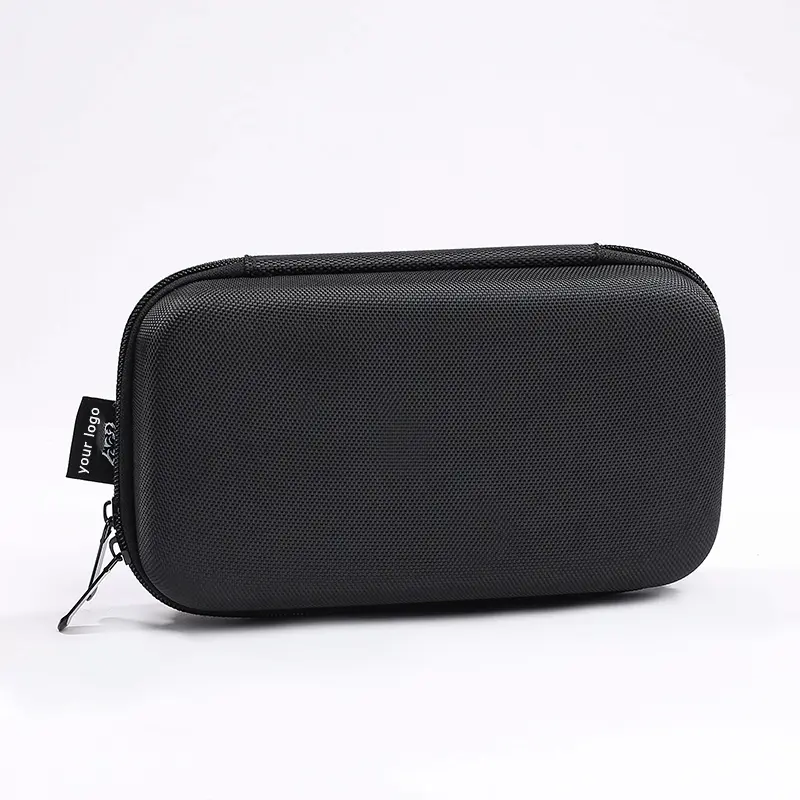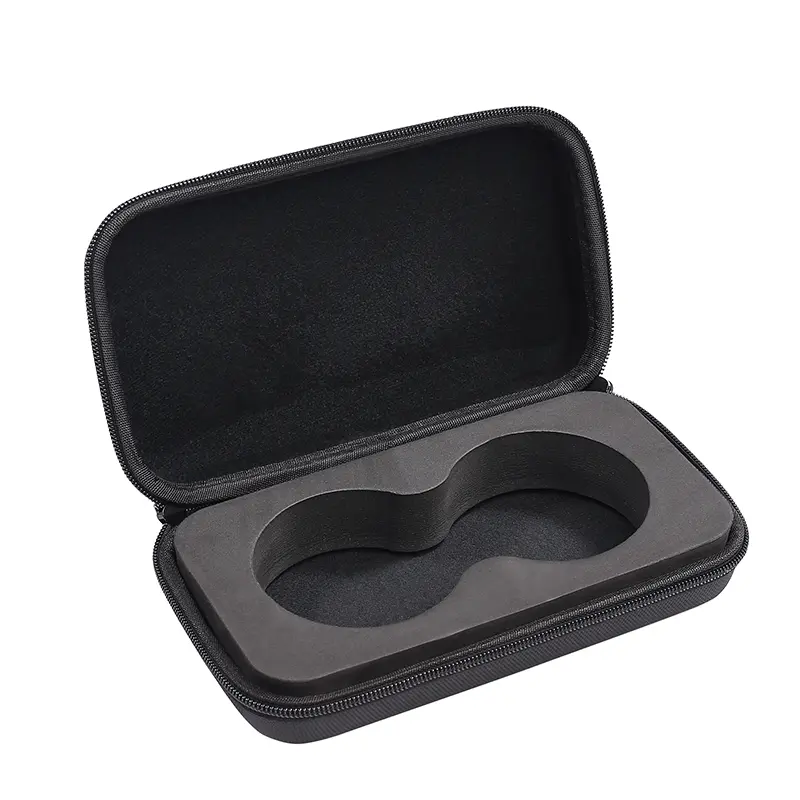The Art and Science of EVA Tool Bag Sewing: A Comprehensive Guide for International Wholesale Buyers
Introduction to EVA Tool Bags and Their Popularity
EVA tool bags have become a staple in the global market for their versatility, durability, and functionality. Made from Ethylene-Vinyl Acetate (EVA) foam, these bags are lightweight, water-resistant, and highly customizable, making them ideal for a wide range of applications from industrial tool storage to personal organization. One of the critical processes in the production of EVA tool bags is sewing, which not only ensures the structural integrity of the bags but also contributes to their aesthetic appeal and functionality.
The Importance of Sewing in EVA Tool Bag Production
Sewing is a fundamental step in the manufacturing process of EVA tool bags. It involves the use of industrial sewing machines to stitch together various components of the bag, including the outer shell, lining, pockets, and straps. Proper sewing techniques are essential to ensure that the bag is both functional and durable. The quality of the stitching directly impacts the bag’s ability to hold tools securely and withstand the rigors of daily use.
Advantages of Sewing Over Other Joining Methods
While EVA materials can be joined using methods such as high-frequency welding or adhesive bonding, sewing offers several unique advantages. Firstly, sewing allows for greater flexibility in design and customization. Different types of stitches and thread materials can be used to achieve various aesthetic and functional outcomes. Secondly, sewing is cost-effective and widely accessible, making it a practical choice for manufacturers of all sizes. Lastly, sewing provides a high degree of control over the final product’s quality and durability.
The Sewing Process in Detail
The sewing process for EVA tool bags involves several key steps, each requiring precision and attention to detail.
Preparation of Materials
Before sewing can begin, the EVA materials must be properly prepared. This includes cutting the EVA foam to the desired shapes and sizes using specialized cutting machines. The edges of the EVA pieces are often smoothed to prevent fraying and ensure a clean finish. Additionally, any necessary hardware, such as zippers, buckles, and straps, must be ready for attachment.
Sewing Techniques and Equipment
Industrial sewing machines are typically used for EVA tool bag production due to their speed, precision, and ability to handle thick materials. Common sewing techniques include straight stitching for joining edges, zigzag stitching for reinforcing seams, and topstitching for a decorative finish. The choice of thread is also crucial; high-quality, durable threads are used to ensure the seams can withstand the weight of tools and repeated use.
Quality Control During Sewing
Quality control is an ongoing process during the sewing stage. Each seam is inspected for consistency, strength, and appearance. Any defects, such as skipped stitches or uneven seams, are corrected immediately to maintain the high standard of the final product. This attention to detail ensures that each EVA tool bag meets the required quality specifications before moving on to the next stage of production.
Customization and Design Considerations
One of the significant benefits of EVA tool bags is their customization potential. Sewing allows for the incorporation of various design elements, such as pockets, dividers, and compartments, tailored to the specific needs of the end-user. For example, a tool bag designed for a mechanic might include multiple pockets for different types of tools, while a bag for a gardener might feature larger compartments for gardening equipment.
Thread and Stitching Options
The choice of thread color and stitching pattern can also enhance the visual appeal of the bag. Contrasting thread colors can create a bold, modern look, while matching thread colors provide a sleek, seamless appearance. Additionally, different stitching patterns, such as double stitching or decorative stitching, can add a touch of sophistication to the design.
The Role of Sewing in Enhancing Product Durability
Proper sewing techniques play a vital role in the durability of EVA tool bags. Strong, consistent stitches prevent the bag from tearing or coming apart under stress. Reinforcing critical areas, such as the corners and handles, with additional stitching ensures that these parts can withstand the weight and pressure of the tools they carry. This attention to durability not only extends the life of the bag but also enhances its value to the end-user.
Reinforcement Techniques
In addition to standard stitching, reinforcement techniques such as bartacking and gussets are often used to strengthen high-stress areas. Bartacking involves creating small, dense stitches at points where the bag is most likely to experience stress, such as where straps attach to the body of the bag. Gussets, which are triangular pieces of fabric sewn into corners, provide additional support and prevent the bag from collapsing under heavy loads.
The Impact of Sewing on Aesthetic Appeal
While functionality is paramount in EVA tool bags, aesthetic appeal is also important, especially for international wholesale buyers who need to meet diverse market demands. Sewing allows for the creation of visually appealing designs through the use of different thread colors, stitching patterns, and decorative elements. A well-sewn bag with clean lines, even stitches, and a polished finish is more likely to attract customers and stand out in a competitive market.
Custom Logos and Branding
Sewing also provides an opportunity for custom logos and branding. Embroidery, a form of decorative sewing, can be used to add logos, company names, or other branding elements to the bag. This not only enhances the bag’s visual appeal but also serves as a powerful marketing tool for businesses looking to promote their brand.
The Future of Sewing in EVA Tool Bag Manufacturing
As technology continues to advance, the sewing process for EVA tool bags is also evolving. New sewing machines with computerized controls offer greater precision and efficiency, allowing manufacturers to produce high-quality bags at a faster rate. Additionally, innovations in thread materials and sewing techniques are constantly being developed to enhance the durability and aesthetic appeal of EVA tool bags.
Sustainability and Eco-Friendly Practices
In response to growing environmental concerns, the sewing industry is also moving towards more sustainable practices. Manufacturers are increasingly using eco-friendly threads and fabrics, as well as implementing energy-efficient sewing processes. This shift towards sustainability not only benefits the environment but also appeals to a growing number of consumers who prioritize eco-friendly products.
Post time: Jul-16-2025






